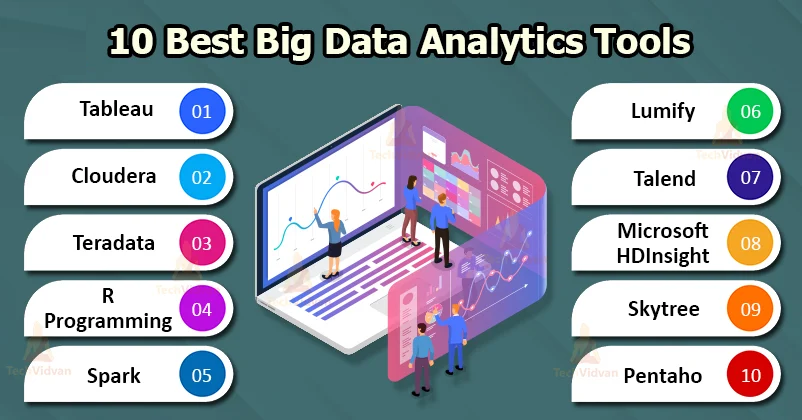Different Architectures of Big Data Application!
The steady rise in the significance and demand for Big data makes it no longer a new software technology to the enterprise information technology (IT) infrastructure. As more and more complexity arises with larger and larger data storages created, enterprises are demanded to learn Big Data application architectures that are invented and sourced from operational systems and are accumulated and queried by business intelligence (BI) applications. These data are stored on multiple hardware platforms and exist to support different user communities. Depending on the complexity, volatility, and usage of the data, different Big Data applications can be categorized as follows,
Type 0 Data - The Archive

Type 0 Data, also known as ‘The Archive’ is the fundamental stage involve in integrating big data applications into the data warehouse of the enterprise. It generally involves the extraction of information from operational systems to store them in the data warehouse. This process is generally keyed data referring to accounts, customers, products, and associated dimensions such as sales territories. As the amount of data grows over time, users have a greater ability to detect trends and establish future forecasts. As the amount of data grows, the DW support staff needs to add resources to the system. These usually take the form of hybrid hardware and software ‘appliances’ that combine large data storage capacity with specialty processors.
Type 1 Data - Structured Big Data at Rest
Structured Big Data at Rest or Type 1 Data is a Big Data architecture which specifically defines various classic big data applications. This also involves operational data is accumulated and stored. In addition to keyed data, this type of big data architecture will involve transactional data consisting of product shipping, product purchase and customer interface information. This greatly expands the BI analysts’ ability to query and analyze the complex interplay between customers and their purchases of products and services.
Type 2 Data - Unstructured or Unmolded. As operational systems matured, companies moved their applications closer to the customer. In-store kiosks, on-line ordering, and internet-based product catalogs became common. As a result, data about customer transactions was no longer generated solely in structured records and files from operational systems. Instead, the norm now is to expect weblogs, social network data, click streams, machine sensors, and other solutions to generate unstructured data. These data can then be analyzed in new ways such as reputation management or competitive intelligence gathering. The challenge of unstructured data is that each selection or manifestation of a data stream may require not only a one-time decision on how to process it but also a unique hardware or software solution in order to analyze it.
Type 3 Data - Data in Motion. Data in motion is the latest variation of big data processing. Here, data from customer transactions, product shipping and receiving, medical patient monitoring or hardware sensors is analyzed as it is generated, and the results used as part of the transaction. For example, if an on-line customer orders a product, the transaction may be analyzed before it completes by comparing to historical customer purchases in order to detect possible fraud. Analysis of multiple customer purchases may allow algorithms to derive product popularity in certain geographical areas, leading to possible price or shipping cost changes.
Data in motion require analytics at the point of data creation. It may be too late to accumulate this data in a big data appliance or data warehouse for later processing (although this may be done for historical analyses). Instead, the intent is to use the data immediately, do necessary analytics, and implement decisions that can both increase customer satisfaction and increase profits.
Find a course provider to learn Big Data
Java training | J2EE training | J2EE Jboss training | Apache JMeter trainingTake the next step towards your professional goals in Big Data
Don't hesitate to talk with our course advisor right now
Receive a call
Contact NowMake a call
+1-732-338-7323Take our FREE Skill Assessment Test to discover your strengths and earn a certificate upon completion.
Enroll for the next batch
big data full course
- Sep 1 2025
- Online
big data full course
- Sep 2 2025
- Online
big data full course
- Sep 3 2025
- Online
big data full course
- Sep 4 2025
- Online
big data full course
- Sep 5 2025
- Online
Related blogs on Big Data to learn more
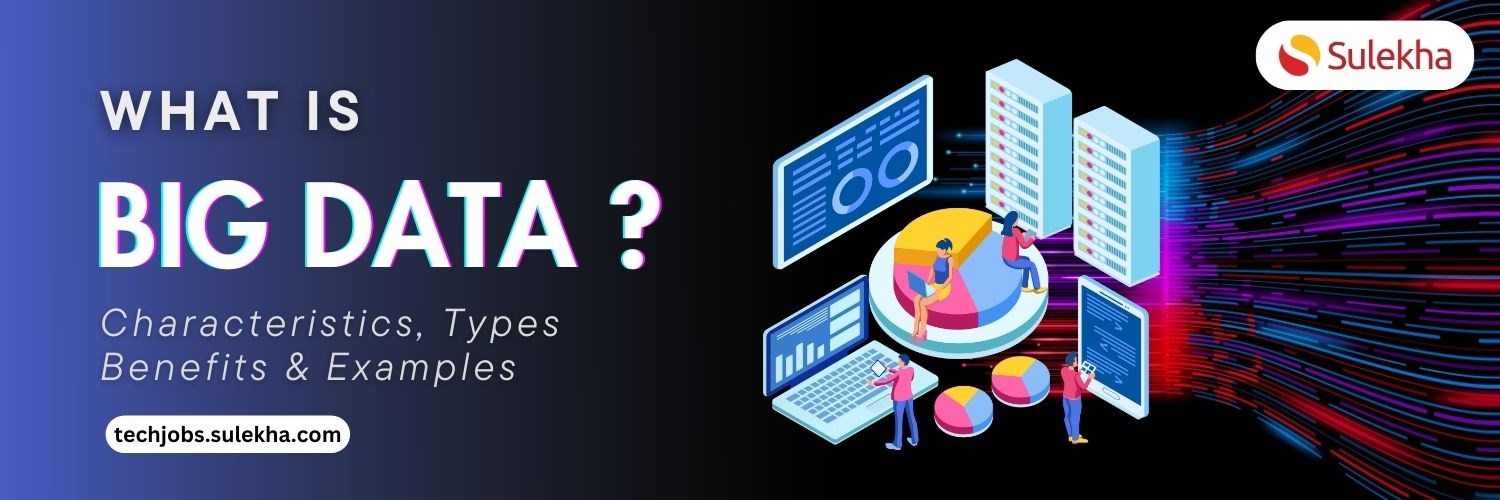
What is Big Data – Characteristics, Types, Benefits & Examples
Explore the intricacies of "What is Big Data – Characteristics, Types, Benefits & Examples" as we dissect its defining features, various types, and the tangible advantages it brings through real-world illustrations.

Top 10 Open-Source Big Data Tools in 2024
In the dynamic world of big data, open-source tools are pivotal in empowering organizations to harness the immense potential of vast and complex datasets. Moreover, as we enter 2024, the landscape big data tools and technologies continues evolving be

AWS Big Data Certification Dumps Questions to Practice Exam Preparation
Certification in Amazon Web Service Certified Big data specialist will endorse your skills in the design and implementation of the AWS services on the data set. These aws big data exam questions are prepared as study guide to test your knowledge and

Top 25 Big Data Questions and Answers for Certification Passing score
You can appear for big data certification exam with confidence and come out with certification. We have prepared a bunch of important big data exam questions along with the correct answer and the explanation for the right answer. Utilize these sample

Sixth Edition of Big Data Day LA 2018 - Register Now!
If you’re keen tapping into the advances in the data world, and currently on a quest in search engines, looking for Big Data conferences and events in the USA, there is a big one coming up your way! Yes, the sixth annual edition of Big Data Day LA

15 Popular Big Data Courses to learn for the future career
We have found a list of big data courses that are necessarily required for the future. Professionals and freshmen who are learning these courses prepare the participants to see bigdata careers with high pay jobs.

Best countries to work for Big Data enthusiasts
China is fast becoming a global leader in the world of Big Data, and the recently held China International Big Data Industry Expo 2018

Top Institutes to enroll for Big Data Certification Courses in NYC
If achieving a career breakthrough is hard, harder is sustaining a long-run. Why? Organizations are focusing on New Yorkers who can work dynamically and leverage their skills from the word go, and that’s why.

The emergence of Cloudera
Cloudera is the leading worldwide platform provider of Machine Learning. There is reportedly an accelerated momentum in the Cybersecurity market.
Latest blogs on technology to explore
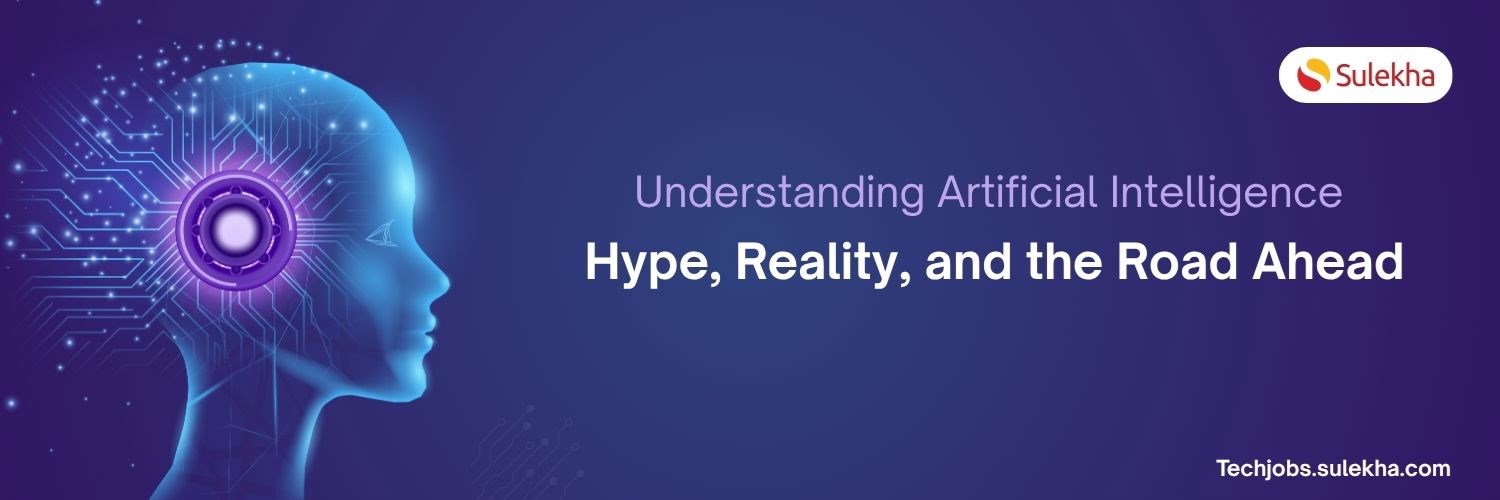
Understanding Artificial Intelligence: Hype, Reality, and the Road Ahead
Explore the reality of Artificial Intelligence (AI) — its impact, how it works, and its potential risks. Understand AI's benefits, challenges, and how to navigate its role in shaping industries and everyday life with expert training programs
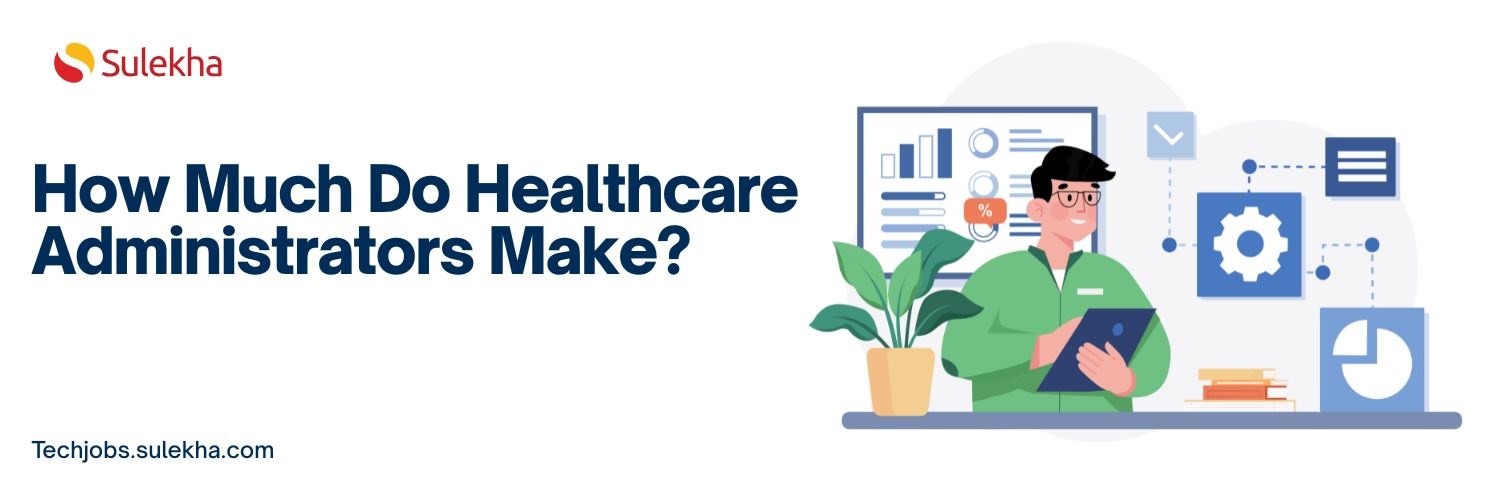
How Much Do Healthcare Administrators Make?
Discover how much healthcare administrators make, the importance of healthcare, career opportunities, and potential job roles. Learn about salary ranges, career growth, and training programs with Sulekha to kickstart your healthcare administration jo

How to Gain the High-Income Skills Employers Are Looking For?
Discover top high-income skills like software development, data analysis, AI, and project management that employers seek. Learn key skills and growth opportunities to boost your career.

What Companies Expect from Product Managers in 2025: Skills, Tools, and Trends
Explore what companies expect from Product Managers in 2025, including essential skills, tools, certifications, and salary trends. Learn how to stay ahead in a rapidly evolving, tech-driven product management landscape.
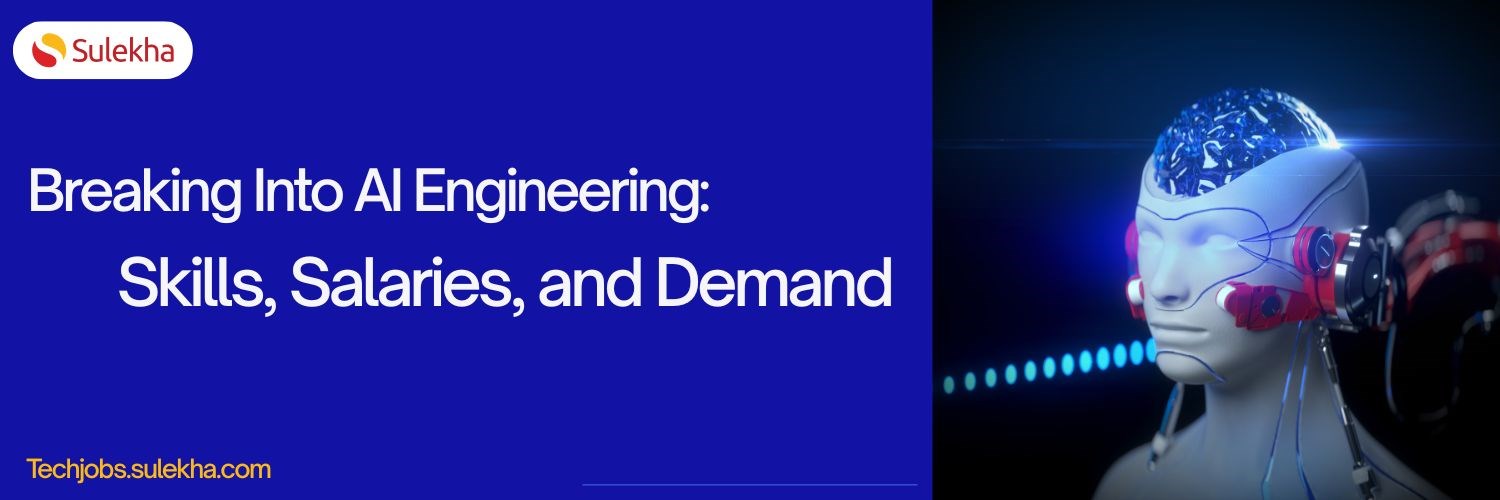
Breaking Into AI Engineering: Skills, Salaries, and Demand in the US
Discover how to break into AI engineering with insights on essential skills, salary expectations, and rising demand in the US. Learn about career paths, certifications, and how to succeed in one of tech’s fastest-growing fields.

Cybersecurity Training: Powering Digital Defense
Explore top cybersecurity training programs in the USA to meet rising demand in digital defense. Learn about certifications, salaries, and career opportunities in this high-growth field.

Why Pursue Data Science Training?
Empower your career in a data-driven world. Learn why data science training is crucial for high-demand jobs, informed decisions, and staying ahead with essential skills.

What Does a Cybersecurity Analyst Do? 2025
Discover the vital role of a Cybersecurity Analyst in 2025, protecting organizations from evolving cyber threats through monitoring, threat assessment, and incident response. Learn about career paths, key skills, certifications, and why now is the be

Artificial intelligence in healthcare: Medical and Diagnosis field
Artificial intelligence in healthcare: Medical and Diagnosis field

iOS 18.5 Is Here: 7 Reasons You Should Update Right Now
In this blog, we shall discuss Apple releases iOS 18.5 with new features and bug fixes
